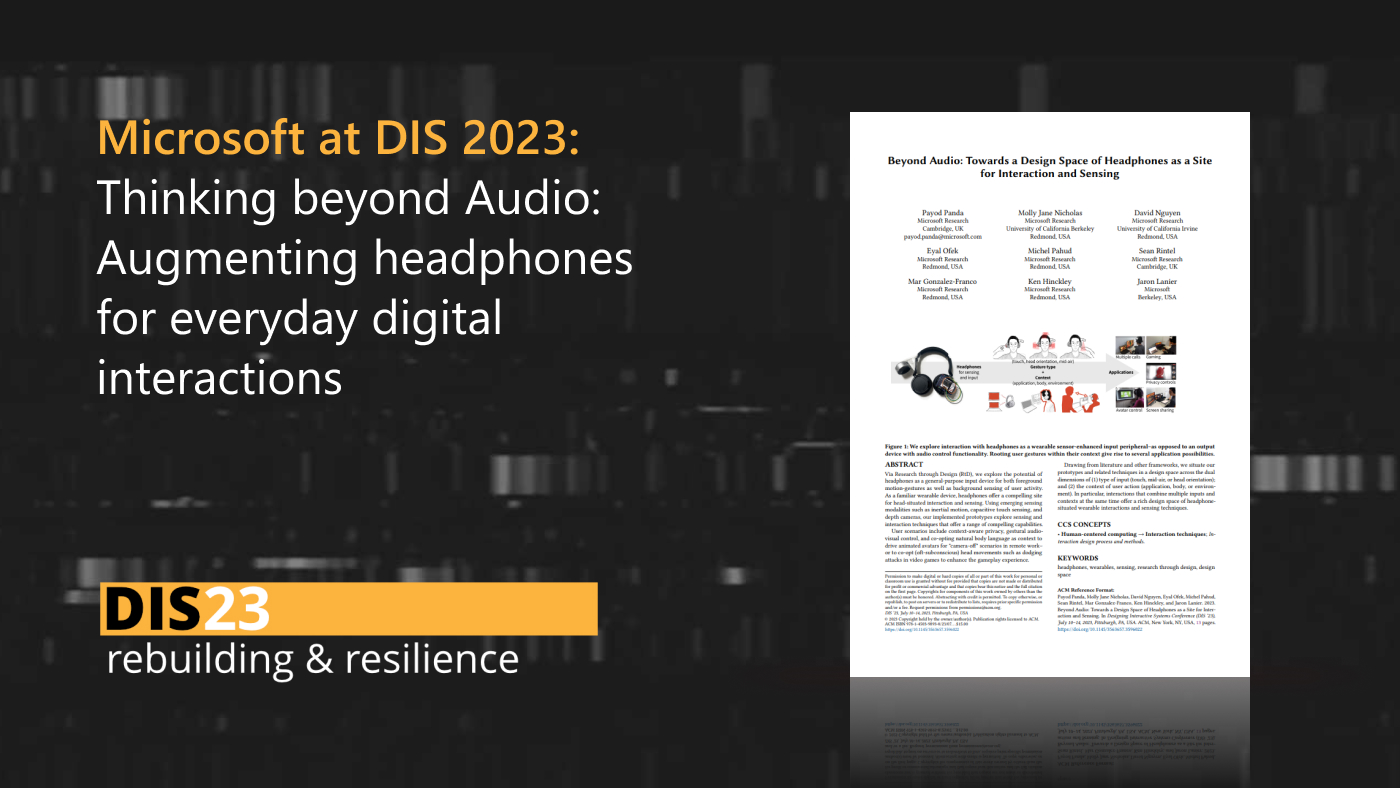
Eye Control is an exciting technology in Windows 10 that allows customers to use their eyes to control an on-screen mouse, keyboard and text-to-speech experience. This is a technology that empowers people with limited mobility such as people living with ALS.
As part of the National Disability Employer Awareness Month (NDEAM), Microsoft’s CEO Satya Nadella has shared a demo video showing the capabilities enabled by the APIs (Application Programming Interface) associated with the Eye Control. Thanks to the additional Eye Drive Library, which emulates a joystick via eye tracking, the video shows prototypes of a remote-controlled car and an electric wheelchair, which can then both be controlled by eye tracking. Those are research prototypes designed to illustrate how this technology can be used to empower people, and appeal to developers, innovators and makers to download these open source libraries and see what you can do.
By highlighting the Eye Control features in Windows and its APIs, we encourage developers and eye tracking device manufacturers to harness the power of eye control for their own applications and products to enhance accessibility and utilize a new mode of interacting with a Windows-based computer. We are keen to see where the development of this technology is leading us in the future.
Spotlight: Blog post
Eureka: Evaluating and understanding progress in AI
How can we rigorously evaluate and understand state-of-the-art progress in AI? Eureka is an open-source framework for standardizing evaluations of large foundation models, beyond single-score reporting and rankings. Learn more about the extended findings.
To learn more about Eye Control APIs for Windows and Eye Drive Libraries referenced in the video visit: Eye Control APIs and Eye Drive Library. To learn more about the research team behind this technology visit Microsoft Enable.
If you have any questions about the demo or the technology, please reach out to the Disability Answer Desk.





